For anyone interested in boosting revenues with a strategic approach to prices, dynamic pricing is a great place to start.
In fact, we can see dynamic pricing in our everyday lives—from happy hour at your favorite restaurant to fluctuating prices for hotels, airfare, and sporting events depending on the season. For the ticketing industry, dynamic pricing is a particularly effective strategy, as it helps vendors fill venues regardless of market conditions.
In this article, we explore how you can use dynamic pricing in your ticketing business to price your inventory in a way that better reflects how much consumers value your events. But let's start first with the definition of dynamic pricing.
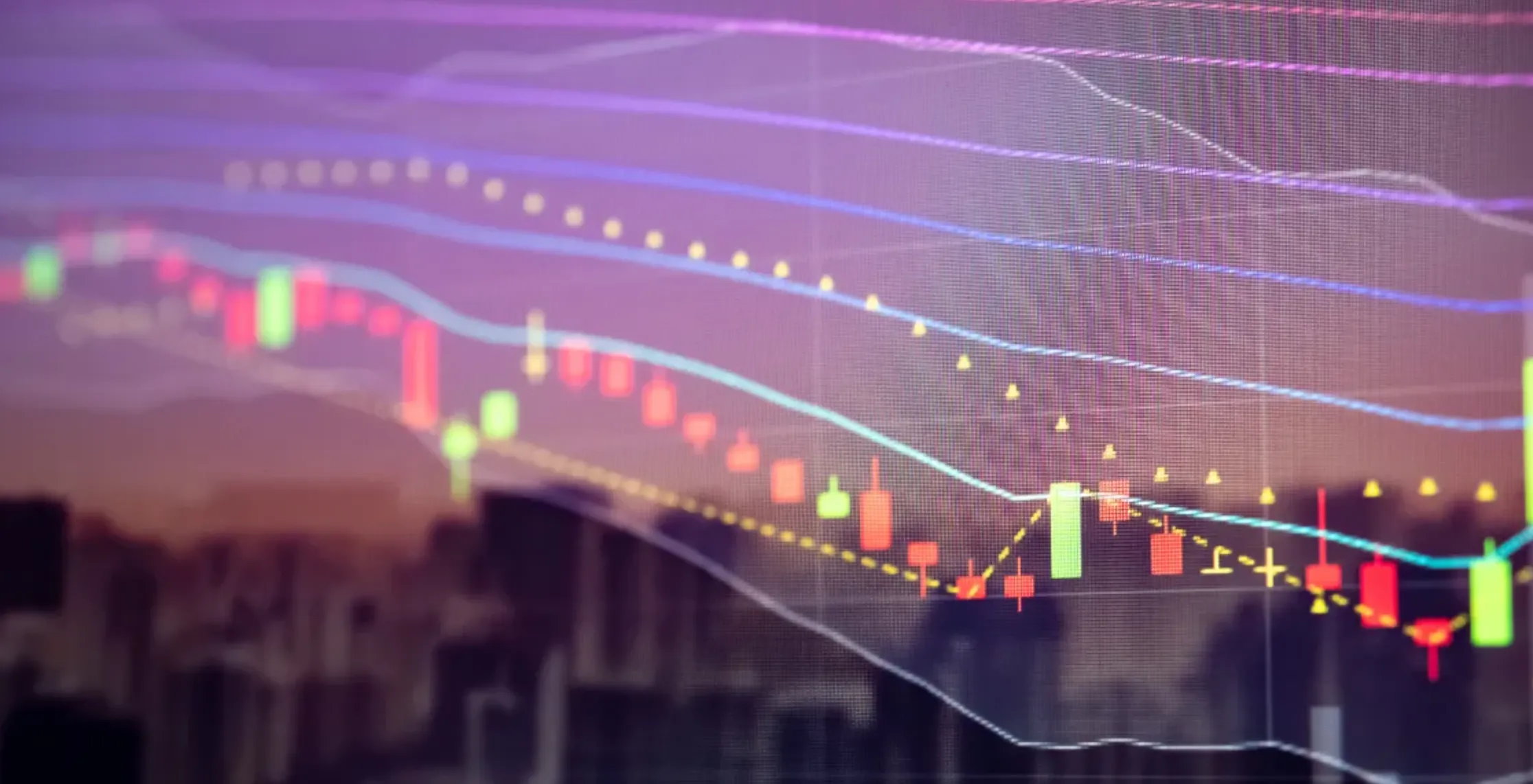
What is Dynamic Pricing?
In ticketing, dynamic pricing is a successful selling strategy that changes ticket prices depending on the customer, time frame, demand, and other factors.
The price varies intentionally to optimize and maximize overall profit and positively influence the number of tickets sold. Dynamic pricing is usually an automated price adjustment that offers the same ticket at different prices to different people at different times.
Dynamic pricing does a good job of balancing supply and demand based on a number of variables, such as the time of year or destination of a flight, a team’s opponent, weather conditions, or simply the fair market value of a ticket. This pricing strategy applies variable prices instead of fixed ones, so ticket vendors can continuously update their prices.
Who Uses Dynamic Pricing?
The first businesses to start using dynamic pricing were airlines and hotels. Since then, Amazon has become a leader in dynamic pricing by changing the prices of millions of items every few minutes. However, these are hardly the only industries that utilize this approach.
Dynamic pricing is a strategy that adjusts prices based on factors like demand, competitor pricing, and market trends, making it adaptable to various industries, including:
- E-commerce: E-commerce companies benefit from dynamic pricing due to the ease of updating prices online without the need for physical changes across locations.
- Sports: Sports organizations set ticket prices dynamically, adjusting for demand, team popularity, and venue size.
- Music: Dynamic pricing is popular in the music industry, particularly for high-demand events.
- Ride-sharing: Ride-sharing services use dynamic pricing to adjust fares based on current demand.
- Airlines: Airlines regularly apply dynamic pricing to balance seat availability and booking trends.
- Hotels and BnBs: Hotels and BnBs use dynamic pricing to manage room rates based on occupancy and seasonality.
According to a 2021 Statista survey, only 37% of e-commerce retailers say that dynamic pricing is not for them. The rest are either considering it or already using it. Most businesses use dynamic pricing differently, based on groups, location, time, and demand.
Despite its popularity, a 2024 survey shows that 68% of US consumers view dynamic pricing as a form of price gouging.
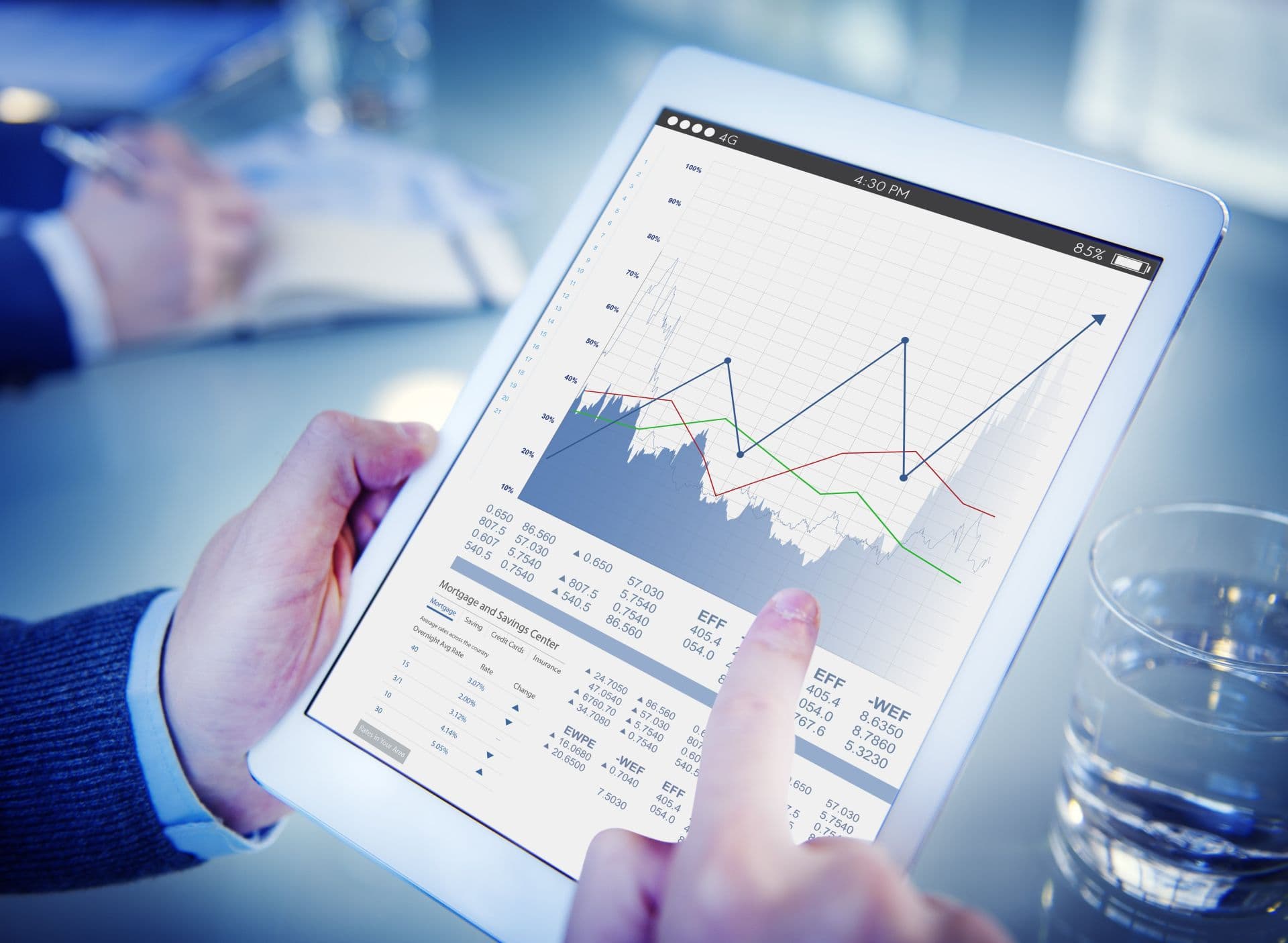
Types of Dynamic Pricing
Dynamic ticket pricing is tightly connected to the dynamics of supply and demand. However, there are some variations that should be considered. Each approach has its advantages and disadvantages, but, when used together, they can help increase ROI and sell more tickets.
Segmented Pricing
A segmented pricing strategy promotes selling the same product at different price points through various channels. It helps vendors generate more revenue than a fixed price model, as certain groups of customers are willing to pay more or less depending on how much value they attach to the product or service.
Due to market segmentation, different customer groups have different characteristics regarding the price they are willing to pay.
Time-Based Dynamic Pricing
“Early bird” and “super early bird” tickets are cheaper because the buyer has to commit to purchasing well ahead of time. These types of tickets are important for bringing in revenue before an event, while fans are rewarded with less expensive tickets or are able to buy more tickets at a discounted price. By the same logic, if someone decides to purchase a ticket right before the event, they’ll have to spend more money on it.
Peak Pricing
Peak or demand-based pricing is an approach that includes several strategies, all of them based on the idea that the price of a service or product is determined by demand.
Depending on the market data available to vendors, they can determine what their prices should be according to the availability of certain ticket types for high-demand events. This model is similar to time-based dynamic pricing as ticketing platforms determine the ticket price in high demand.
“The industry is adopting a new mantra,” says one concert-industry expert. “If you sell out quickly, you didn’t price tickets properly.”1
Penetration Pricing
This approach is often used by ticketing platforms that are new on the market or when they’re introducing a new product. Usually, they offer lower prices to attract new customers and encourage them to purchase tickets through their platform. Prices start getting higher as the vendor establishes a better position in the market.
How To Implement Dynamic Pricing?
To help our clients take full advantage of dynamic pricing solutions, we take them through a few important phases to successful implementation. Everything starts with a detailed analysis of your objectives, as these will dictate the type of strategy you should implement. Next, you should select a method, set the rules, and test the approach until you fine-tune a model that will work best for you.
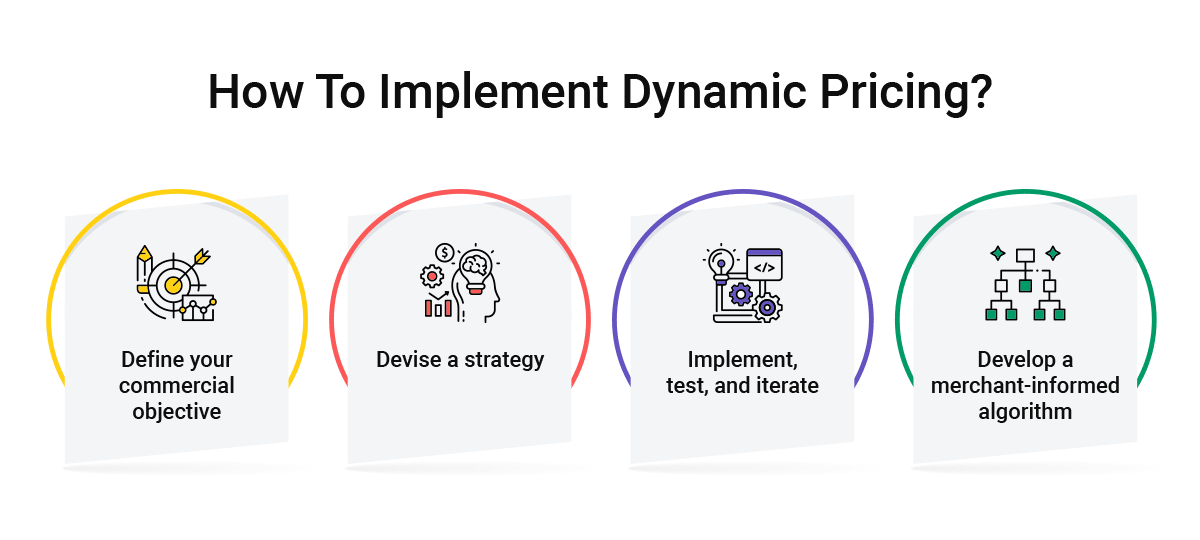
1. Define your Commercial Objective
In this first phase, the key is to understand current ticket types and prices in order to define your new goals and choose the most suitable pricing model. The analysis should help see what the strongest drivers for demand and attendance are. Whether it's the weather, certain days in the year, the warm-up band, or the season, your new strategy should take every factor into account.
2. Devise a Strategy
Patterns are everywhere and a detailed ticketing analysis over one or more seasons can reveal a common trend that can then serve as the basis for your new strategy. Ticket differentiation can show which ticket types are the most or least popular, and how prices affect their popularity.
3. Implement, Test, and Iterate
Whether you go with a third-party provider or develop your own solution, it’s time to test the solution. When your software is ready, connect it to your ticketing system and start tweaking prices on a daily or weekly basis. If you don’t get the results you expected, reevaluate your approach to get better results for your next event.
4. Develop a Merchant-Informed Algorithm
Certain ticket types are great candidates for frequent price changes, while others are not. Ideally, the prices of basic ticket types (General Admission) or special ones (VIP) should be stable as they are the foundation of your offer. However, all other big-ticket types leave space for dynamism. Again, all your decisions will need to be verified on the market, since frequent price changes can sometimes lead to a consumer backlash.

Examples of Successful Dynamic Pricing
Ticketmaster
Shifting prices for concerts and other events is often based on market demand, and it’s a strategy that big names, like Ticketmaster, have been using for years now. As the live music industry slowly bounces back, Ticketmaster’s pricing model is seen as the only way for the entire industry to recover.
One factor that can drive up dynamic pricing? If many people video ticket prices on Ticketmaster’s website at the same time. The more people who are clicking on seats to view prices, the higher those prices will go.
For big events, like Beyonce’s 2023 ‘Renaissance’ world tour, tickets ranged from $300 to as high as $4000 due to Ticketmaster’s dynamic pricing model. Prices grew so much due to the demand of fans exceeding the available amount of tickets by more than 800%.2
While the high prices were criticized by fans, Ticketmaster’s process of securing tickets was more streamlined than in the past.
First, they staggered the availability of tickets across several release dates for one. Additionally, fans who had signed up to be alerted to ticket availability through Ticketmaster, Verizon, or Citi were emailed an access code to make tickets easier for them to buy.
Airbnb
Airbnb has around 150 million active users who utilize the platform to book vacation stays or experiences.
To determine similarly-priced properties, Airbnb’s dynamic pricing algorithm considers various factors like seasonality, supply and demand, day of the week, special events and festivals, days left to book, the historical performance of listings, competitor occupancy and prices, and property reviews.
Hosts can use Airbnb’s “Smart Pricing” tool to automate their property pricing, and Airbnb claims that when a host selects a price within 5% of their recommendation, they are nearly 4 times more likely to get booked.2
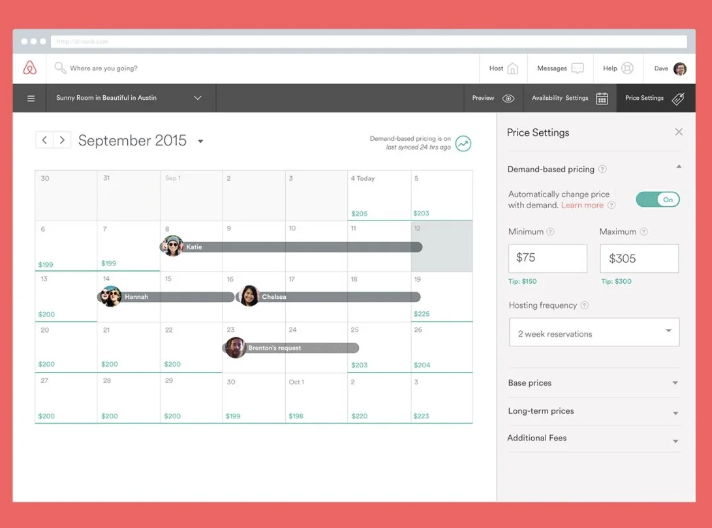
What Makes Dynamic Pricing So Effective
For a number of industries, dynamic pricing is an effective way to optimize prices and increase revenues. Indeed, some benefits can be noticeable in a short period of time.
Strengthens your Value Proposition
When you develop a pricing strategy, you must consider everything, from promotions, discounts, and coupons to the sales strategies you’re planning to use. By studying trends, you can come up with competitive prices to maximize your revenues.
Helps Synchronize Demand and Pricing
Dynamic pricing demands a test-and-learn approach if you want it to start working. Keep in mind that it will take time until you figure everything out, but this analysis will help you allocate money more effectively. After a few months, you are likely to see growth in both sales and profit margins.
Helps You Remain Competitive
Working to understand your market position and how much customer value your events bring will support you in making well-informed decisions to come up with ticket prices that really sell your events.
Takes Advantage of the Newest Technologies
Using new technologies, such as artificial intelligence, machine learning (ML), or other tools that will automate processes can make dynamic pricing even more worthwhile.
Fills All Your Seats
Finding the most effective way to sell tickets will drive additional conversions and it can even attract a new audience. When you reach full capacity, your revenues will be maximized, even with lower margins.
Implementing dynamic pricing software will keep businesses informed on competitor pricing and market fluctuations, eliminating the need for manual repricing of thousands of SKUs. This can save a considerable amount of time and energy while providing better results.
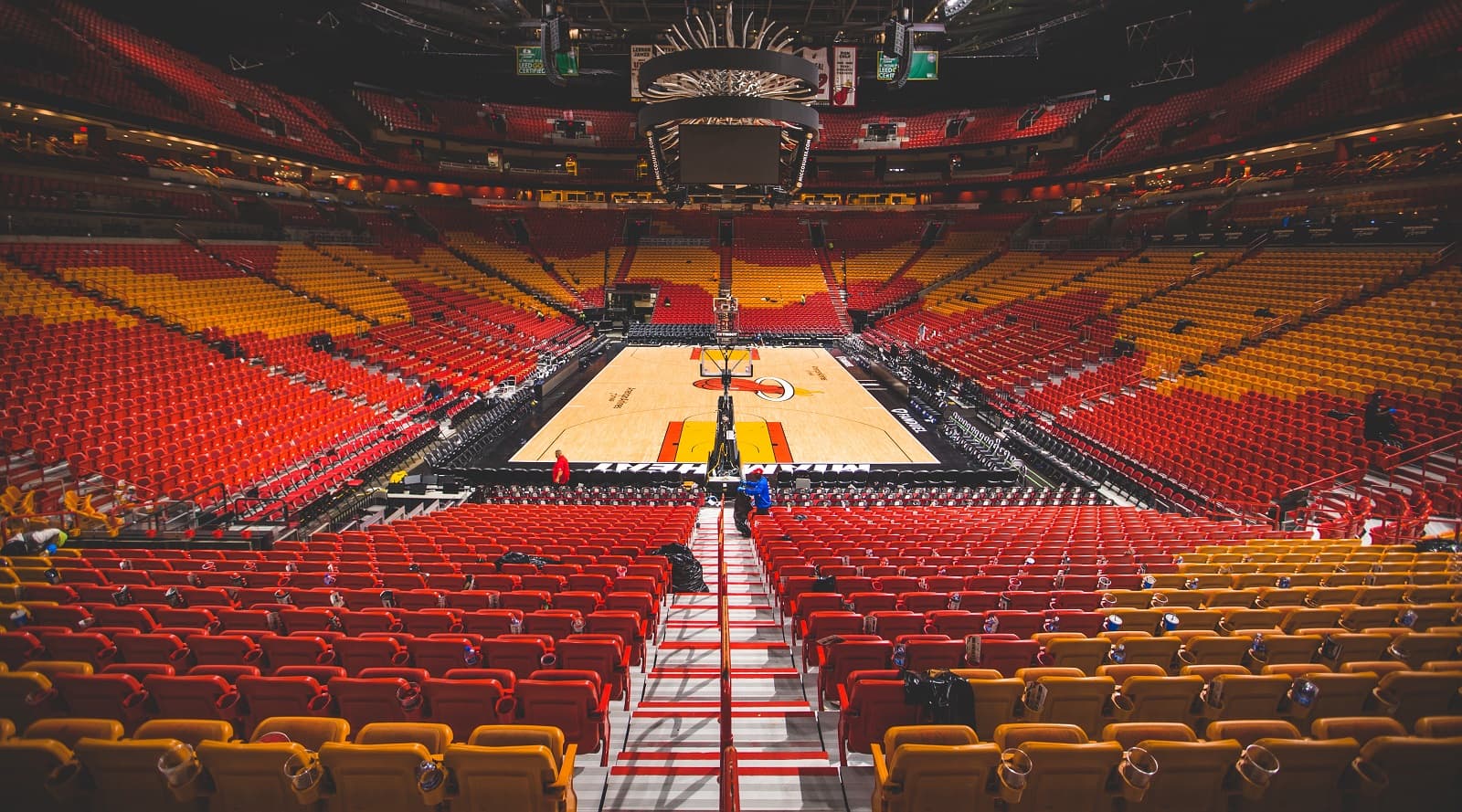
Challenges to Watch Out For
When you decide to implement dynamic pricing in your business, be ready to potentially face dissatisfied customers if you don’t inform them about the changes you’re making. Here are some of the common pitfalls after implementing dynamic pricing.
Customer Frustration
When fans notice inconsistent prices, they may become upset, which can affect their purchasing decisions. In fact, price changes can create enough obstacles that may discourage customers from making purchases frequently, or they may switch to a competing brand. One in five consumers would avoid shopping at a store that used dynamic pricing.3
Additionally, price transparency is key; without it, many customers may leave negative reviews, submit complaints, or lower your brand’s ratings. Setting clear pricing guardrails allows prices to change gradually, helping to reduce customer confusion and frustration.
Reduced Ability to Collect Relevant Consumer Data
If customers recognize you raise prices based on their web browsing history on your site, they may resort to browsing privately, depriving you of valuable customer data that reduces the effectiveness of your dynamic pricing initiative.
Perceived Price Gouging
Since 68% of consumers already view dynamic pricing as price gouging, failing to manage perceptions can damage brand loyalty. Clearly communicating your approach to dynamic pricing and ensuring that it feels fair can help mitigate negative responses and protect your brand’s reputation.

When Is The Right Time For a Dynamic Pricing Solution
Once you are aware of all the benefits and challenges of dynamic pricing, it’s up to you to decide if the time is right to explore how to implement it into your ticketing solution.
You may want to make dynamic pricing a top priority if:
- Your venues are not operating at full or near-full capacity.
- Ticket buyers tend to wait until the last minute to book, making it hard for you to plan.
- Your profit margins are below your industry’s norms.
- Your revenues are flat or shrinking.
If your organization fits any of the above, it’s time to move to the next step and ask the tough questions:
- Are you willing to invest in the software that enables dynamic pricing?
- Have you seriously considered the challenges of dynamic pricing (and how to proactively address them) as well as the benefits?
- Will you be able to train your customer-facing staff to handle questions about dynamic pricing with confidence and in a way that will ensure customer satisfaction?
Because ticketing is one of Softjourn’s top specialties, we’ve collaborated extensively with many industry clients as they’ve worked through the same decision you may be contemplating right now. We’re ready and willing to share our know-how with you.

Final Thoughts
With the rapid adoption of dynamic pricing across industries, it’s no surprise it has become an essential growth driver for ticket vendors.
This strategy leverages machine learning to set optimal ticket prices, effectively track expenses, and maximize profits, proving its value as a powerful tool for staying competitive and driving revenue.
Dynamic pricing also ensures a steady flow of sales and reveals the perceived value of tickets among fans. Vendors and retailers who decide to move quickly and customize their solutions can leverage dynamic pricing as a major competitive advantage.
If you are looking for a partner to help you develop a dynamic pricing solution from scratch or you’re looking for the best dynamic pricing provider - Softjourn can help.
FAQ:
1. Why is dynamic pricing suitable for the ticketing industry?
For venues that have limited capacity and varying demand, dynamic pricing is a very useful solution. With event prices depending on the date, weather, performers, or opponents in a sports event, dynamic pricing can be instrumental in raising the number of visitors.
2. Will our tickets have to become more expensive?
They can, but they don’t have to. Dynamic pricing is a system that allows you to both raise and reduce ticket prices. The best approach is to adapt your strategy to the event you’re organizing and raise prices for high-demand events and reduce them to stimulate more sales for other events.
3. What goals can my business reach with dynamic pricing?
Dynamic pricing in ticketing can help you reach one of several goals like driving ticket revenues, helping collect more customer data, improving social media presence and event visibility, increasing or decreasing visitor attendance, and helping you secure cash with early bird sales.
4. How is dynamic pricing good for fans?
Fans who decide to buy their tickets early are normally rewarded with lower prices. This means they are more likely to bring their family and friends to an event they are interested in.
5. What does it cost to implement dynamic pricing solutions?
The cost of implementing dynamic pricing varies depending on your project requirements. However, your revenue is highly likely to be between two and five times higher than the cost of implementation. Moreover, you can look forward to an increase in the share of online sales and a significant reduction in no-shows.
6. Variable Pricing vs Dynamic Pricing: What's the Difference?
Variable pricing, also known as "tiered pricing," involves setting different prices for different sections or areas of an event or venue. For example, a concert may have different ticket prices for seating in the front row, the middle section, and the back of the venue. The idea behind variable pricing is to offer a range of options at different price points to appeal to a wider range of customers.
Dynamic pricing, on the other hand, involves adjusting ticket prices in real time based on a variety of factors, such as demand, weather, or even the performance of a sports team. This strategy allows ticket sellers to respond quickly to changes in demand and maximize revenue. For example, a concert that is selling well may see ticket prices increase, while a concert that is not selling well may see ticket prices decrease.
Updates on Dynamic Pricing:
Live Music Fans Voice Concerns Over Dynamic Pricing
A recent Music Fans' Voice survey commissioned by local authorities across eight UK cities revealed significant opposition among live music fans to dynamic pricing practices:
- 91% of respondents believe dynamic or surge pricing for tickets should be illegal in the UK.
- 82% opposed dynamic pricing even when terms are clearly communicated.
- Respondents cited concerns over unfair pricing practices and high-pressure sales tactics, suggesting dynamic pricing creates unnecessary financial stress and urgency.
Despite its revenue-generating potential, this data highlights the importance for event organizers and ticketing platforms to carefully consider consumer sentiment and transparency when adopting dynamic pricing strategies.
[Source: Music Fans’ Voice, April 2025]












